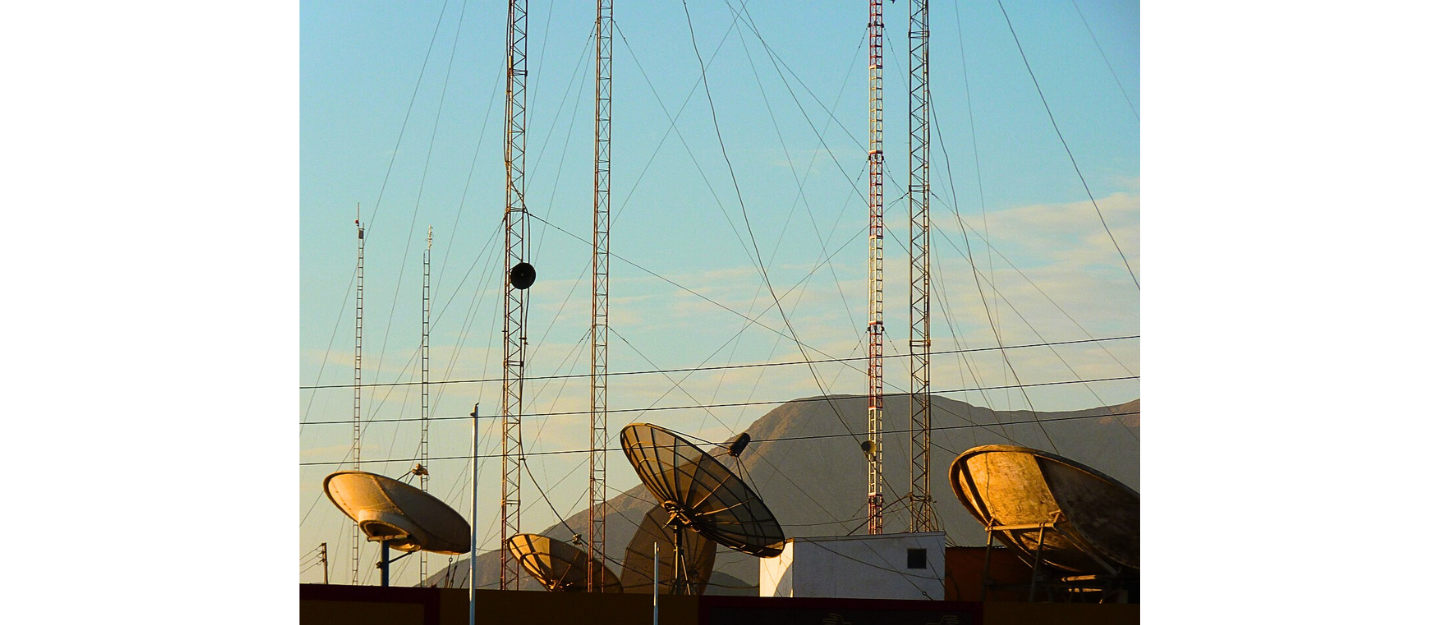Diversity reception plays a vital role in improving communication when working with weak signals. Many amateur radio operators face fading, interference, and noise that make it challenging to copy distant stations. By using diversity reception, you combine signals from two or more antennas to enhance overall clarity. Consequently, you overcome issues caused by multipath fading and atmospheric changes.
Weak signals often fluctuate in strength because radio waves take multiple paths to reach the receiver. As these signals arrive out of phase, they cancel each other out and create deep fades. However, diversity reception counters this effect by selecting or combining the strongest signals. As a result, you maintain a more stable and reliable copy even under poor conditions.
How Diversity Reception Works
Diversity reception works by using two separate antennas or receivers, each positioned to capture signals differently. The goal is to reduce the impact of fading by ensuring that at least one antenna provides a clean signal at any given moment. There are several common diversity techniques, including space diversity, polarization diversity, and frequency diversity.
Space diversity relies on physically separating antennas by a significant distance. Because signals fade differently at various locations, one antenna usually receives a stronger version than the other.
Then, the receiver selects the better signal or combines both for improved performance. Moreover, polarization diversity uses antennas with different orientations, such as one vertical and one horizontal. This method takes advantage of the fact that polarization mismatches often cause fading.
Additionally, frequency diversity involves receiving the same transmission on two slightly different frequencies. Since fading affects each frequency differently, this approach provides another layer of stability. Many advanced systems even combine these methods for maximum effectiveness.
Setting Up Equipment for Diversity Reception
To implement diversity reception, you must carefully plan your station layout. Start by selecting two high-quality antennas with distinct characteristics or locations. Place them far enough apart to experience different fading patterns, usually several wavelengths apart for HF or several feet for VHF and UHF. After installing the antennas, connect them to a receiver capable of handling diversity operation.
Many modern SDRs and high-end radios include built-in diversity features. If your equipment lacks this capability, consider adding an external diversity controller. This device manages signal selection or combination automatically. Furthermore, you should balance both signal paths to ensure equal timing and phase relationships. Even small mismatches can reduce the effectiveness of the system.
Practical Applications in Weak Signal Work
Diversity reception shines in situations where weak signal performance is critical. For example, operators involved in moonbounce (EME) communications often face extreme signal fading due to the long path and reflections. By using diversity, they increase their chances of decoding those faint signals. Similarly, VHF and UHF operators working meteor scatter or aurora propagation benefit from improved reception stability.
On HF bands, diversity reception proves valuable during DXing or contesting when distant stations fade rapidly. Many rare DXpeditions employ diversity techniques to maintain consistent communication with operators worldwide. Moreover, digital modes like FT8 and JT65 see dramatic improvements in decoding reliability when combined with diversity reception.
Advantages of Diversity Reception
The primary advantage of diversity reception is its ability to reduce fading. Instead of suffering from momentary dropouts, your receiver maintains a steady signal level. Consequently, you copy more information accurately and with less operator fatigue.
Another benefit is noise reduction. Since the two antennas often pick up different noise sources, combining their signals intelligently can cancel out interference. This feature is particularly helpful in urban environments where man-made noise is high. Additionally, diversity reception enhances audio quality, making long listening sessions more comfortable.
Challenges and Considerations
Although diversity reception offers many benefits, it comes with challenges. Properly spacing antennas can be difficult if you have limited space. For HF operation, the separation distance may require a large yard or multiple towers. In addition, specialized equipment adds cost and complexity to your station.
You must also ensure proper calibration of the system. Even minor delays or phase mismatches between the two signal paths can cause distortion rather than improvement. Therefore, regular maintenance and testing are essential. Despite these challenges, the performance gains usually justify the extra effort, especially for dedicated weak signal work.
Strategies for Success
To maximize the benefits of diversity reception, focus on careful planning and listening. Begin by experimenting with antenna placement. Small adjustments often produce significant improvements in signal quality. Next, monitor both signals closely to understand how fading affects each antenna. Over time, you will develop an instinct for choosing the optimal configuration.
Furthermore, combine diversity reception with other weak signal strategies, such as narrow filters, low-noise amplifiers, and precise tuning. This layered approach provides the strongest overall results. During contests or special events, log performance data to identify patterns and refine your setup further.
Conclusion: Elevating Weak Signal Performance
Diversity reception stands as a powerful tool for amateur radio operators who specialize in weak signal work. By leveraging multiple antennas and intelligent signal processing, you dramatically reduce fading and noise. As a result, you achieve clearer, more reliable communication even under the most challenging conditions.
With practice and proper equipment, diversity reception transforms frustrating listening sessions into successful contacts. Ultimately, this technique opens the door to new possibilities in DXing, contesting, and experimental communications, ensuring that even the faintest signals are heard and decoded.
Please consider Donating to help support this channel
